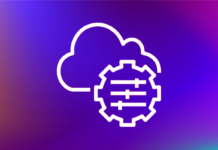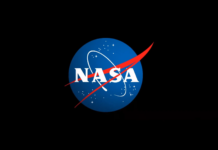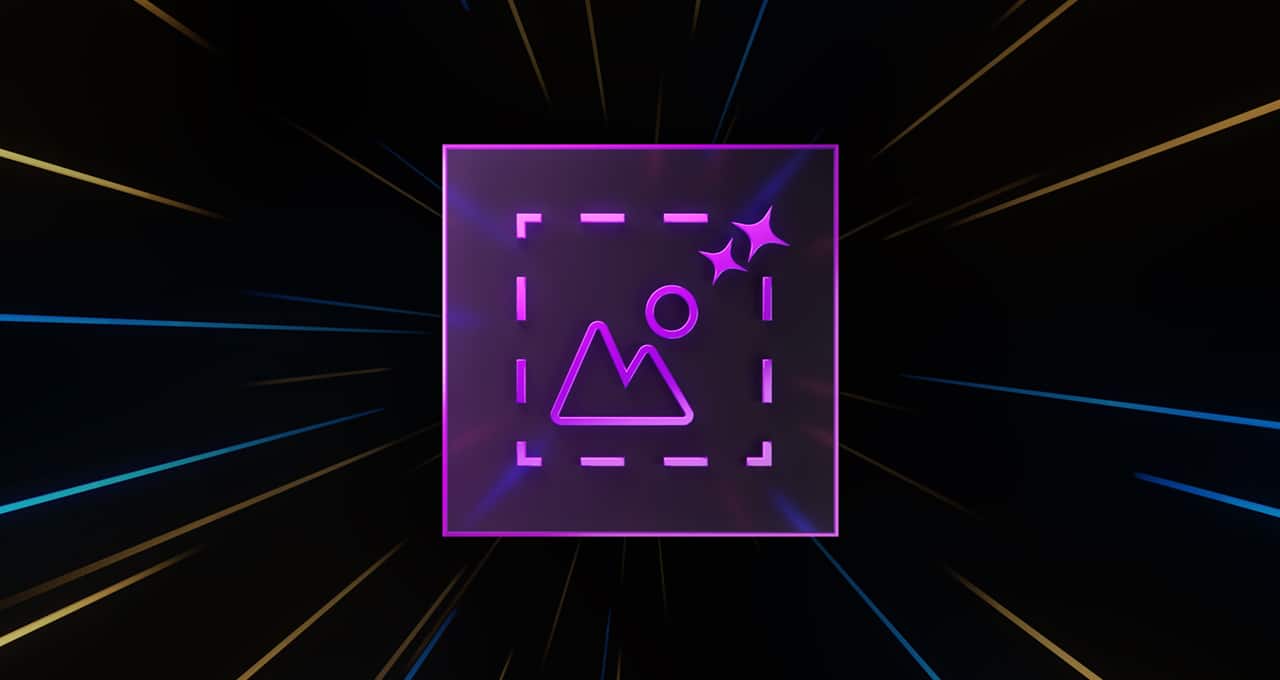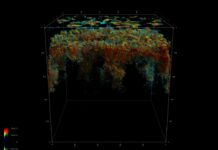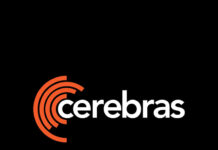NVIDIA’s GauGAN: Revolutionizing AI-Powered Image Creation
Introduction
In recent years, generative models have significantly reshaped the AI landscape, with popular applications like ChatGPT and Stable Diffusion leading the charge. These advancements owe much to foundational AI models and generative adversarial networks (GANs), which have spurred remarkable progress in productivity and creativity. One standout in this domain is NVIDIA’s GauGAN, an AI model that transforms rough sketches into photorealistic artwork. This article will delve into the mechanics of GANs, the capabilities of GauGAN, and how NVIDIA’s Canvas app leverages this technology to offer unparalleled creative possibilities.
Understanding GANs
Generative Adversarial Networks, or GANs, are deep learning models that consist of two competing neural networks: a generator and a discriminator. The generator aims to create realistic images, while the discriminator attempts to differentiate between real and generated images. Through this adversarial process, both networks improve, resulting in highly realistic images. GANs excel in various applications, including image synthesis, style transfer, data augmentation, and image-to-image translation.
The Genesis of GauGAN
Named after the post-Impressionist painter Paul Gauguin, NVIDIA’s GauGAN is an AI demo for photorealistic image generation, developed by NVIDIA Research. GauGAN has been instrumental in the development of the NVIDIA Canvas app, which allows users to create stunning images from simple sketches. Since its debut at NVIDIA GTC in 2019, GauGAN has gained immense popularity, being utilized by art teachers, creative agencies, museums, and millions of users online.
NVIDIA Canvas: Sketch to Scenery
NVIDIA Canvas, powered by GauGAN and local NVIDIA RTX GPUs, uses AI to convert simple brushstrokes into realistic landscapes in real-time. Users start by sketching basic lines and shapes using a palette of real-world elements like grass or clouds, referred to in the app as "materials." The AI model then generates an enhanced image on the other half of the screen in real-time. For instance, triangular shapes sketched with the "mountain" material will appear as a stunning, photorealistic mountain range. Similarly, selecting the "cloud" material allows users to transform the environment from sunny to overcast with a few mouse clicks.
The creative possibilities are virtually limitless. Users can sketch a pond, and other elements like trees and rocks will reflect in the water. Changing the material from snow to grass can transform a cozy winter setting into a tropical paradise. Canvas offers nine different styles, each with ten variations and twenty materials to experiment with.
Panorama Mode and Real-World Applications
One of the standout features of Canvas is its Panorama mode, which enables artists to create 360-degree images for use in 3D applications. YouTuber Greenskull AI demonstrated this feature by painting an ocean cove and then importing it into Unreal Engine 5. This capability opens up new avenues for artists and developers, allowing for the creation of immersive environments with ease.
Getting Started with NVIDIA Canvas
For those interested in exploring the capabilities of GauGAN and NVIDIA Canvas, the app is available for download on NVIDIA’s website. Additionally, users can explore other AI-powered content creation tools like NVIDIA Broadcast, which transforms any room into a home studio. Broadcast is free for RTX GPU owners and offers features like background noise removal, virtual backgrounds, and webcam auto-framing.
The Impact of Generative AI
Generative AI is not just transforming the realm of image creation but is also making significant strides in gaming, videoconferencing, and interactive experiences of all kinds. As these technologies continue to evolve, they promise to offer even more innovative solutions and creative opportunities.
Conclusion
NVIDIA’s GauGAN and Canvas app exemplify the transformative power of generative AI. By making advanced AI technology accessible and user-friendly, they empower artists and creators to bring their visions to life with unprecedented ease and realism. As we continue to explore the potential of generative models, tools like GauGAN and Canvas will undoubtedly play a crucial role in shaping the future of digital creativity.
For those keen on staying updated with the latest advancements in AI, subscribing to NVIDIA’s AI Decoded newsletter is highly recommended. This resource offers insights into new developments and future trends in the world of AI, helping you stay ahead of the curve.
In summary, NVIDIA’s GauGAN and Canvas app are revolutionizing the way we create and interact with digital images. By harnessing the power of GANs, they offer a seamless and intuitive way to transform simple sketches into breathtaking works of art. Whether you’re an artist, a developer, or simply an AI enthusiast, these tools provide a glimpse into the future of creative technology.




















